#traditions kabyles
Explore tagged Tumblr posts
Text
Azul Fellawen ! Votre Mariage Kabyle, Immortalisé avec Fierté
Awid, le mariage kabyle, c’est pas juste une fête, c’est une tamɣart (grande célébration) où chaque détail raconte notre histoire, notre identité. Nek-d, en tant que photographe mariage kabyle, je suis là pour vous offrir des souvenirs dignes de notre culture.
✨ M’ara tezzim ?
Nek-d yidwen ! Kabyle comme vous, je connais chaque tradition : le burnous, la thabra, la zorna, et tout ce qui fait l’âme de nos mariages.
Je shoote pas juste des photos, je capture l’esprit de votre axxam n tmeddit (maison du mariage).
Avec moi, vous recevez vos photos en 72 heures. Pas de bla-bla, juste des résultats rapides pour que vous puissiez revivre votre fête dès le lendemain.
💡 Akkin i tbanigh
Je bosse avec respect et sans m’imposer. Chaque détail, de l’entrée sous le burnous à la danse avec les timdhen (les jarres), est pris en photo. Pas besoin de parler, mes images feront le taf pour raconter votre histoire.
👉 Venez voir mon taf ici : photographe mariage kabyle.
🌟 Pour Nos Valeurs, Pour Notre Héritage
Un mariage kabyle, c’est pas juste pour les invités, c’est pour l’histoire. Chaque taqvaylit (coutume kabyle) a son importance : le henné, les chants en asefru, les danses en cercle. Nek, je respecte tout ça et je mets tout en lumière pour que vos photos soient dignes de nos ancêtres.
👉 Soyez fiers de votre culture : photographe mariage kabyle.
🖤 Le Photographe de Votre Diaspora
Moi, je suis là pour représenter. Représenter notre tamurt (terre), nos valeurs, et vos plus beaux moments. Un mariage kabyle, ça se fait avec ul, avec respect et avec un regard qui comprend ce que ça veut dire.
👉 Faites confiance à un frère : photographe mariage kabyle.
Azul, ulac smah ulac, je vous garantis des souvenirs qui dureront pour toujours. Nek, je shoote avec le cœur et avec le respect de nos traditions. Awid, c’est notre histoire, et je suis là pour la raconter à travers mes images.
#photographe mariage kabyle#mariage kabyle#traditions kabyles#photographie mariage kabyle#photographe kabyle#mariage traditionnel kabyle#burnous mariage kabyle#photographe mariage henn��#mariage algérien#photographe mariage oriental
0 notes
Text

#amazigh#berber#north african#natives#native#north africa#أمازيغ#imazighen#أمازيغية#شمال إفريقيا#traditional clothing#traditional#dress#kabyle#القبائل#tizi ouzou#kabylie#منطقة القبائل
25 notes
·
View notes
Text

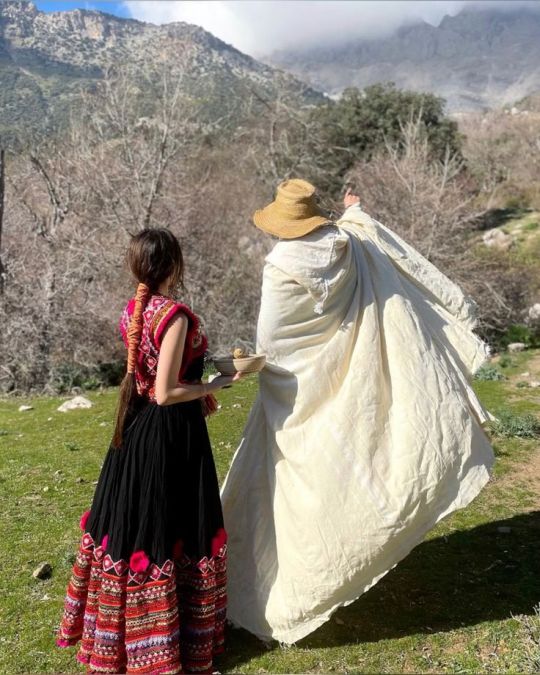
Algerian culture
70 notes
·
View notes
Text
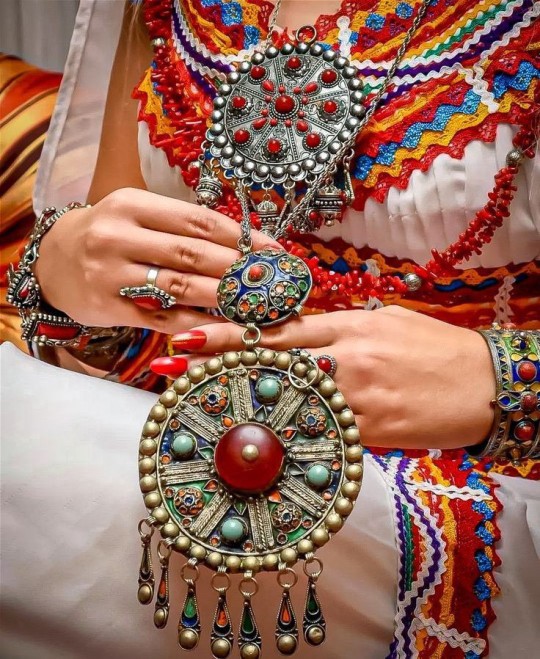
✨Kabyle Aesthetic ✨
#Kabyle#Amazigh#ethnic fashion#algeria#algeria aesthetic#algeria core#algerian traditions#algerian aesthetic
17 notes
·
View notes
Text

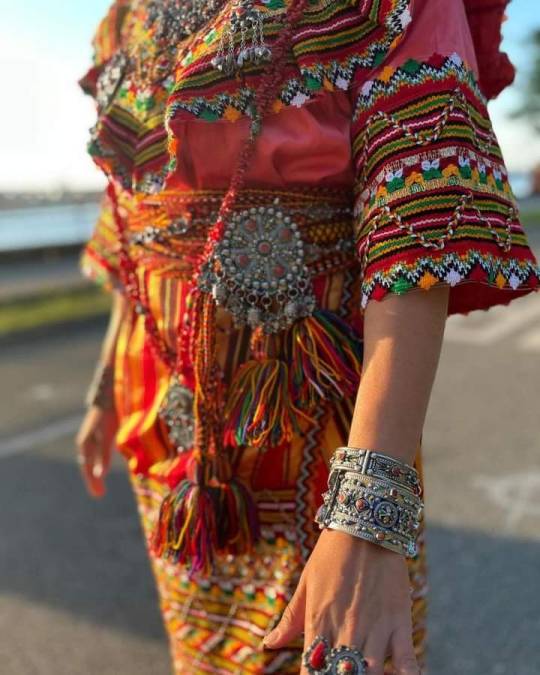


Kabyle details 🇩🇿
📸 toukalina_
#algeria#algérie#kabyle#la kabylie#kabylie#dress#afrique de nord#afrique du nord#north africa#africa#clothes traditional#algerian clothes#clothes
12 notes
·
View notes
Text

✨Fighting depression with colorful art ✨
Here’s the oc from a video game we’re coding rn! Gabrielle in her traditional dress!
9 notes
·
View notes
Text
this user lives for kabyle music
3 notes
·
View notes
Video
youtube
Idir : La Voix Immortelle de la Kabylie – Légende de la Musique Amazighe
#youtube#« Plongez dans l'histoire fascinante d'Idir véritable icône de la musique kabyle et gardien d'une tradition millénaire. Né en 1949 à Ath Yen
0 notes
Text

Next up in the Sabzerus designs: Tighnari and Cyno!
I know this is unrendered, but I already committed to not rendering these two until I finish Haitham and Kaveh's designs which, in hindsight, is difficult atm because I have more ideas about Collei's design over them. With the recent release of Sethos, it seems that it would have to wait until I finish his and Collei's designs when I get to them. I'm writing a fic now lol so it the wait is probably quite long.
Tighnari's is relatively easy and I'm so pleased with the results! He finally looks put together and not... odd, palette-wise (to put it mildly). His clothing is based on the traditional dress of the Kabyle people, an Amazigh ethnic group from northern Algeria, with some modernized touches (I used references from modern-day photos of Kabyle dress!). The highlight is the burnous (hooded cloak), originally a symbol of resistance in the Algerian War of Independence and now a garment worn in special occasions such as religious festivals. I think it would be appropriate of Tighnari to wear one for his Sabzerus dress.
Cyno is so far the most difficult one to design. I have 0 references outside of speculative fashion plates and museum pictures of jewelry. I struggled so much with the outfit components, but I persevered and this is the result. His clothing is based on what Ancient Egyptian high priests of the New Kingdom wear. The long shendyt (kilt) and shawl are made from linen, which in higher social classes are woven so finely they appear as though transparent. Not just luxurious, but also airy for comfort against the desert heat.
Previously on: Nahida + Wanderer | Nilou
As usual, close-ups and some more thoughts under the cut:


Tighnari's canon design is incredibly confusing to me, because unlike some other Sumeru characters I have absolutely no idea which part of Algerian (or Arab, but that's a very wide ballpark) dress it's supposed to be based on. Where is that white fabric wrap even from? However, when I looked at his hoodie, I realized that it's probably supposed to be a "modernized equivalent" of a burnous. Probably.
The belt accessory is actually an article I always see on women's robe kabyle, but never men's. I think they look neat and Tighnari wears belt accessories, so I incorporated them. (If any of you seeing this are Kabyle or Amazigh, do tell me more of the nuances. Are they exclusively feminine accessories? I also read that Kabyle women tie their sashes differently depending on marital status, but does this only apply to sashes or does it also apply to these cord belts?)
It's not very obvious, but the burnous has a split back, so Tighnari's tail can poke out comfortably. It's also pretty fun to try and incorporate elements of his official design, such as the paw-print gloves, the boots, and the turtleneck. To me, Tighnari without a turtleneck is unimaginable for some reason.
I've been tentatively calling Cyno's design "the one time Cyno puts some effort into doing his hair". The little braids aside, his hair is actually in a half-up bun. I really should draw these refs from more angles... and this is unimportant in the grand scope of things, but I gave him some beef. My guy deserves more beef (and I apologize for covering his chest regardless).
The wesekh (wide collar) is made from gold and various precious gems/minerals. This one has gold, carnelian, and turquoise. The narrow golden beads on the outermost layer represents beetles, which in turn symbolize resurrection (i.e. Hermanubis' indwelling within Cyno).
I've always been baffled at the fact that Cyno wears mostly black, but would prefer for my design to contain elements from his actual design, so I kept the sash and helmet black. However, I do know that too much dyed linen (and animal fibers) are inappropriate to wear in temples. Unless you are a funeral priest, where you wear a leopard skin as a part of the rites. Then again, Cyno's biggest inspiration is Anubis, so perhaps he could get some leeway here...
To continue with the flower theming, I chose the Sumeru Rose for Cyno and Tighnari wears the yellow flower on his canon clothes once again. It's never mentioned in game, but I'd like to think the Sumeru Rose is among the national flowers of Sumeru along with the Padisarah, so it's appropriate for the General Mahamatra to wear it.
Lastly, I gave them matching double piercings. Tighnari wears them on his right ear (as per his canon design), and Cyno on his left. Another matching set :)
#ksadraws#genshin impact#genshin fanart#tighnari#genshin tighnari#cyno#genshin cyno#am i allowed to tag this cynari? i feel like i should tag this cynari bc i sure implied it
106 notes
·
View notes
Text


A young Kabyle woman adorned in traditional jewelry, photography by Neurdein, 1870s-1900s.
46 notes
·
View notes
Text
Le mariage kabyle, c’est une célébration unique, empreinte de traditions riches et de moments inoubliables. En tant que photographe mariage kabyle, je sais à quel point chaque détail a une signification profonde. Mon rôle est de retranscrire l’essence de cette journée si spéciale.
👉 Découvrez mon approche et mes services : photographe mariage kabyle.
Que ce soit les danses traditionnelles, les tenues comme le burnous, ou encore les moments forts comme le henné, je capture chaque instant avec soin et authenticité. Mon objectif est de mettre en lumière la beauté et l’énergie de votre mariage kabyle.
👉 En savoir plus sur ma démarche : photographe mariage kabyle.
✨ Pourquoi me choisir ?
Kabyle moi-même, je comprends vos traditions et leur importance.
Je livre vos photos en 72 heures, pour que vous reviviez rapidement votre journée magique.
Chaque détail, du henné aux mélodies du zorna, est capturé avec discrétion et naturel.
👉 Faites confiance à un expert du mariage kabyle : photographe mariage kabyle.
💡 Ce que je propose
Mon approche est respectueuse et authentique. Je veille à ce que chaque instant soit mis en valeur avec naturel, sans jamais perturber l’atmosphère de votre journée.
👉 Découvrez mes services pour votre mariage kabyle : photographe mariage kabyle.
Votre mariage mérite un regard qui en comprend chaque nuance. Faites-moi confiance pour immortaliser cette journée exceptionnelle en visitant ma page : photographe mariage kabyle.
#photographe mariage kabyle#mariage kabyle#traditions kabyles#photographie mariage kabyle#photographe kabyle#mariage traditionnel kabyle#burnous mariage kabyle#photographe mariage henné#mariage algérien#photographe mariage oriental
0 notes
Text

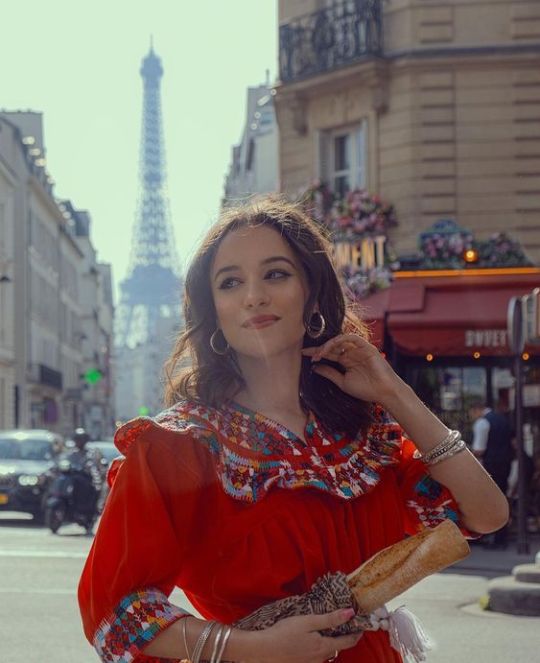
Algerian girl wearing Algerian traditional kabyle dress in Paris
78 notes
·
View notes
Text
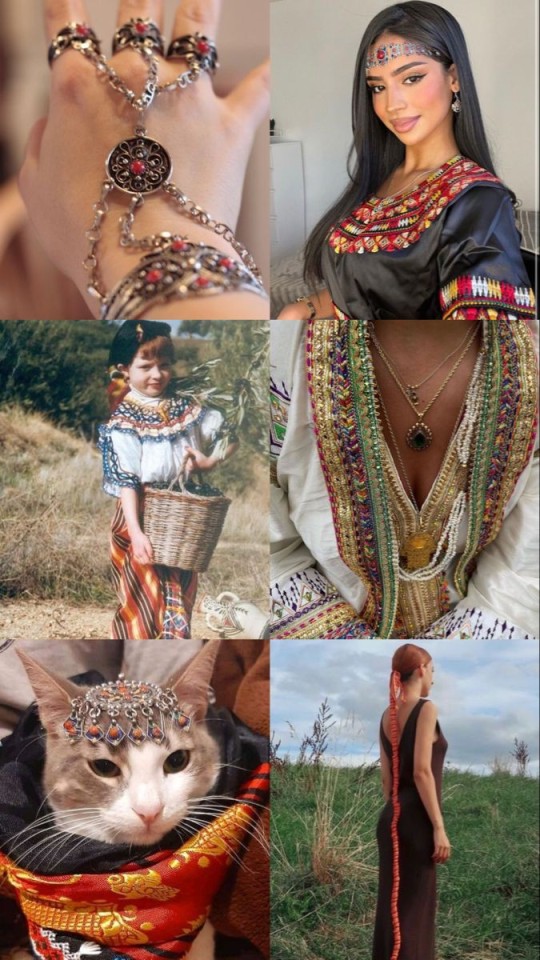
✨Kabyle vibes✨
11 notes
·
View notes
Text
Kabyle style hand bags 🫶🏻 🇩🇿
📸: bridia__




#algeria#algérie#welcome to algeria#algerian details#algerian culture#culture#la kabylie#kabyle#kabylie#traditional art#bag#bags
17 notes
·
View notes
Text

THE AMAZIGH!
Amazighs are very likely the direct descendants of the Mesolithic and Neolithic Caspian populations that live between 8000 and 2700 BC in North Africa. The reason why there are many Amazigh groups that are quite different from each other is the vast extent of the North African territory where they have live for millennia. Each region has its specific geographical characteristics imposing therefore a specific lifestyle. That's why the northern regions of North Africa that have a Mediterranean climate with regular seasons has a sedentary population, while hotter and arid regions in the High Plateaus and the Sahara have nomadic populations.
The Amazighs live in scattered communities across Morocco 🇲🇦 Algeria 🇩🇿 Tunisia 🇹🇳 Libya 🇱🇾 Egypt 🇪🇬 Mali 🇲🇱 Niger 🇳🇪 and Mauritania 🇲🇷 They speak various Amazigh languages belonging to the Afro-Asiatic family related to ancient Egyptian.
The Amazighs, indigenous to North Africa, have a rich and ancient culture. Their traditional crafts, including jewellery, pottery, weaving, and henna art, hold great value and have been passed down for generations.
The heaviest concentration of Amazighs speakers is found in Morocco. Major Amazigh languages include Tashelhit (Tashelhiyt, Tashelhait, Shilha), Tarifit, Kabyle, Tamazight, and Tamahaq.
In North Africa, the The Amazighs religion was based on Phoenician and Punic deities, with a god (Baal) and a goddess (Tanit).
#AfricaMyAfrica
17 notes
·
View notes
Note
shuffle your favorite playlist and post the first five songs that come up. then copy/paste this ask to your favorite mutuals xo
Hi! Thanks for the ask :) Choosing my favourite playlist is like being asked to choose a favourite food, really hard ahah. I went with the soothing one for when I want to be soothed :)
1 - Madrid, Ólöf Arnalds
youtube
2 - Infinite Amethyst, Lena Raine
youtube
3 - Helium, Glass Animals
youtube
4 - Ay Al Xir Inu, a traditional Kabyle song
youtube
5 - Dreamland, Glass Animals
youtube
4 notes
·
View notes